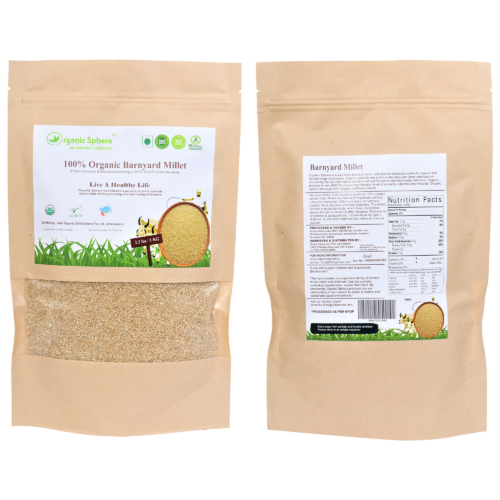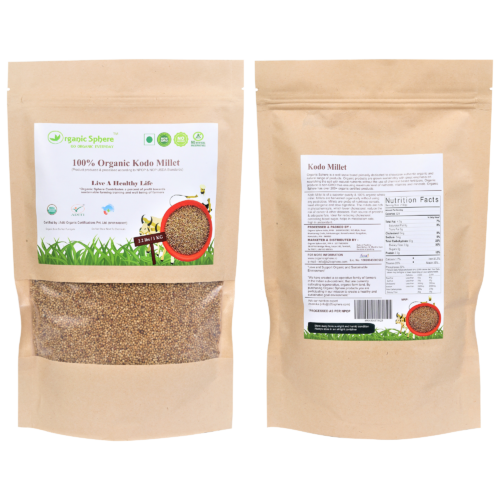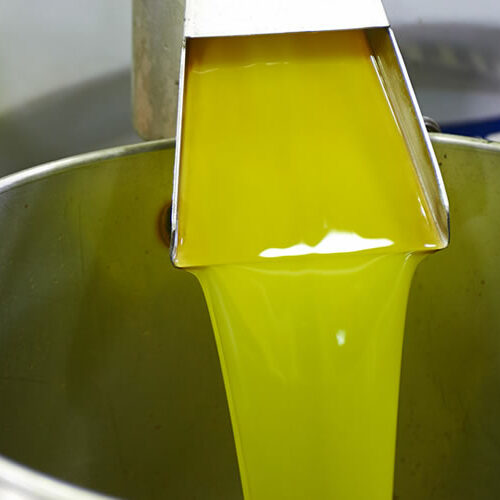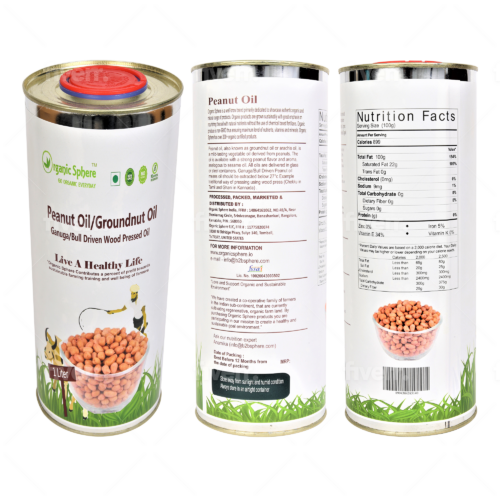Description
| English |
Hindi |
Kannada |
Telugu |
Tamil |
| Barnyard Millet Or Echinochloa Esculenta
Weight: 2lbs |
Sanwa |
Oodhalu |
Udhalu |
Kuthiraivally |
Greyish white color in appearance, its fiber helps in increasing the efficiency of ductless glands like Pancreas, Thyroid etc., Also helps in cleansing liver and kidney. It is the most appropriate food to heal liver related diseases such as Jaundice.
The Barnyard millet (Echinochloa frumantacea) is a wild seed and not a grain, mainly grown in the hilly areas of Uttaranchal, India. The barnyard millet is the fastest growing crop, which can produce ripe grains within 45 days from the sowing time under optimal weather conditions.
All millets are Organic and cultivated through sustainable farming means. No chemicals or pesticides are used in these millets. These are Unpolished millet.
The other names of barnyard millet are shyama in Bengali, moraiyo in Gujarati, sanwa in Hindi, oodalu in Kannada, kuthiraivolly in Tamil and udalu in Telugu.
The millets have a hard cellulosic husk layer that humans cannot digest. The removal of the husk layer becomes the primary task of processing these grains. Once removed, the respective millets’ rice is attained. Small seeds of barnyard millet are processed on groats which are then used for preparation of different types of porridges.
Because the barnyard millet tastes almost similar to broken rice when cooked, it is called the “sanwa rice”. It does not cook into separate grains like long grained rice. The millet is tiny, white, round grain, bigger in size than semolina (rawa) and smaller than sago (sabudana).
In India, cereal grains are not consumed during fasts which make, barnyard millets a popular ingredient during the fasting days.
The barnyard millet is a wholesome grain over and above common cereal grains like rice, wheat, semolina (rawa) and by no means should be restricted to just the fasting days. It holds benefits rendered by millet grains, is easily available across India, is highly economical and makes a tasteful food for all age groups. Varied food preparations can be made in a jiffy with the tiny wonder grain. Barnyard millet is nature’s gift to the modern diet and sedentary activities that can lead to lifestyle disorders.
1. Low In Calories
Barnyard millet is a good source of highly digestible protein and at the same time is least caloric dense compared to all other cereals. It is a grain which makes one feel light and energetic after consumption. A serving of barnyard millets (25g, raw) gives 75 calories and 1.5g of protein.
2. Rich in Fiber
It is an excellent source of dietary fiber with a good amount of both soluble and insoluble fractions. The grain encompasses the highest amount of fiber in comparison to other grains and millets with a serve providing 2.4 grams of fiber. According to a study published in the Journal of Food Science and Technology, the dietary fiber content of barnyard millet was high (12.6%) including soluble (4.2%) and insoluble (8.4%) fractions. The high fiber content helps in preventing constipation, excess gas, bloating and cramping.
3. Low Glycemic Index
The carbohydrate content of barnyard millet is low and slowly digestible, making the barnyard millet a low glycemic index food.
The carbohydrates in millet show a high degree of retrogradation of amylase, which facilitate the formation of higher amounts of resistant starch. Hence, it can be potentially recommended for patients with cardiovascular disease and diabetes mellitus. In today’s scenario, this millet becomes one of the ideal foods for diabetics.
A study published in the Journal of Food Science and Technology showed that supplementation of barnyard millets among diabetics for a period of one week can reduce blood sugar levels. The barnyard millet improved carbohydrate tolerance among the participants (both diabetic and non-diabetic) by significantly reducing fasting plasma glucose levels.
4. Gluten-Free Food
Like all millets, the barnyard millet is gluten-free. It is an appropriate food for patients who are intolerant to gluten (those with celiac disease) or looking to follow a gluten free lifestyle which eliminates wheat, barley, rye-based foods. The millet being easily available, quick to cook and good to taste proves to be an ideal wholesome alternative to rice, wheat and other less easily available millets.
5. Good Source of Iron
According to research on nutrient content on millets, some varieties of barnyard millet have shown to contain high amounts of iron (18.6 mg in 100g of raw millet) which was the richest amongst all millets and cereal grains. Barnyard millet could be a good source of iron for vegetarians.
Ways to Use Barnyard Millet
- The barnyard millet can be given as porridge or Kheer to babies between 6-8 months and as, cheela, dosa, idlis for babies above one year and toddlers. Packaged whole barnyard millet is also commonly available in grocery stores to be used to make porridges. As the flour is not easily available in the market, it can be made at home by grinding the millet coarsely or finely, depending on individual preference and recipe requirement. It can be added to chappatidough, idli or dosa batter.
- Whole barnyard millets are commonly used to prepare upma, khichdi and pulav especially during the fasting days.
Functional Foods with Barnyard Millet
Noodles are one of the most preferred food items among all age groups, having a longer shelf life and significant commercial importance. Barnyard millet has relatively low carbohydrate content (58.56%) having slow digestibility. This health benefit of millet was exploited in a research by Surekha et al, by preparing value-added low glycemic index noodles from barnyard millet flour by incorporating sago flour, pulse flour at different levels to develop plain, pulse and vegetable
noodles respectively. The findings indicated a significant increase in nutrient composition in pulse and vegetable noodles compared to plain noodles. The glycemic index of pulse noodles (35.65) and vegetable noodles (38.02) was far less than plain noodles (42.07).








Reviews
There are no reviews yet.